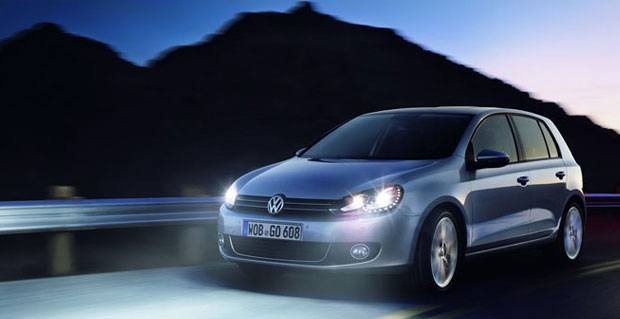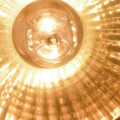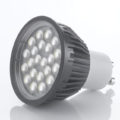Here’s a prediction: by the end of the decade, most new cars will use LED light bulbs. Halogen and xenon bulbs will be a thing of the past. This change will occur because LED light bulbs reduce fuel consumption and exhaust emissions.
An engine’s alternator provides the electricity for the lights of a car. The more electricity the alternator has to supply, the harder the engine has to work.
This means fuel consumption and emissions increase when a car’s lights are on. A car using low-beam headlights, licence-plate lights and tail lights needs about 200 watts of power for conventional bulbs. LED light bulbs use far less wattage.
LED light bulbs and Audi
Aware of this, Audi has replaced the daytime running lights (DRLs) of its cars with LED light bulbs. These require just 15 watts of electricity.
In 2008, the combined fuel saving of Audi cars with LED DRLs was 10 million litres. The reduction in carbon emissions was 25,000 tonnes.
LED headlights
With savings such as these, it makes sense to replace all of a car’s lighting with LED light bulbs. Lighting manufacturers have been working on this for some while.
The main problem has been headlights. The light output has to meet strict standards. But despite the difficulties, car headlights with LED light bulbs became available in 2009. In the same year, Audi added LED headlights to its R8 V10 supercar.
LED light bulbs can make motoring safer
Car engineers at Audi are now working on “intelligent” LED headlights. The LED light bulbs will adjust their brightness according to speed, weather conditions and the distance between vehicles.
For example, electronics within a car will calculate the distance to an oncoming vehicle. As the vehicle approaches, the LED light bulbs in the headlights will become less bright. This prevents temporary blinding of the driver.
So if you buy a new car in the future, check the specs. Don’t be surprised to see LED light bulbs featuring in them.
Date: April 23, 2012
Tags: led light technology
By the end of the decade, most new cars will use LED light bulbs. This change will occur because LED light bulbs reduce fuel consumption and exhaust emissions.




